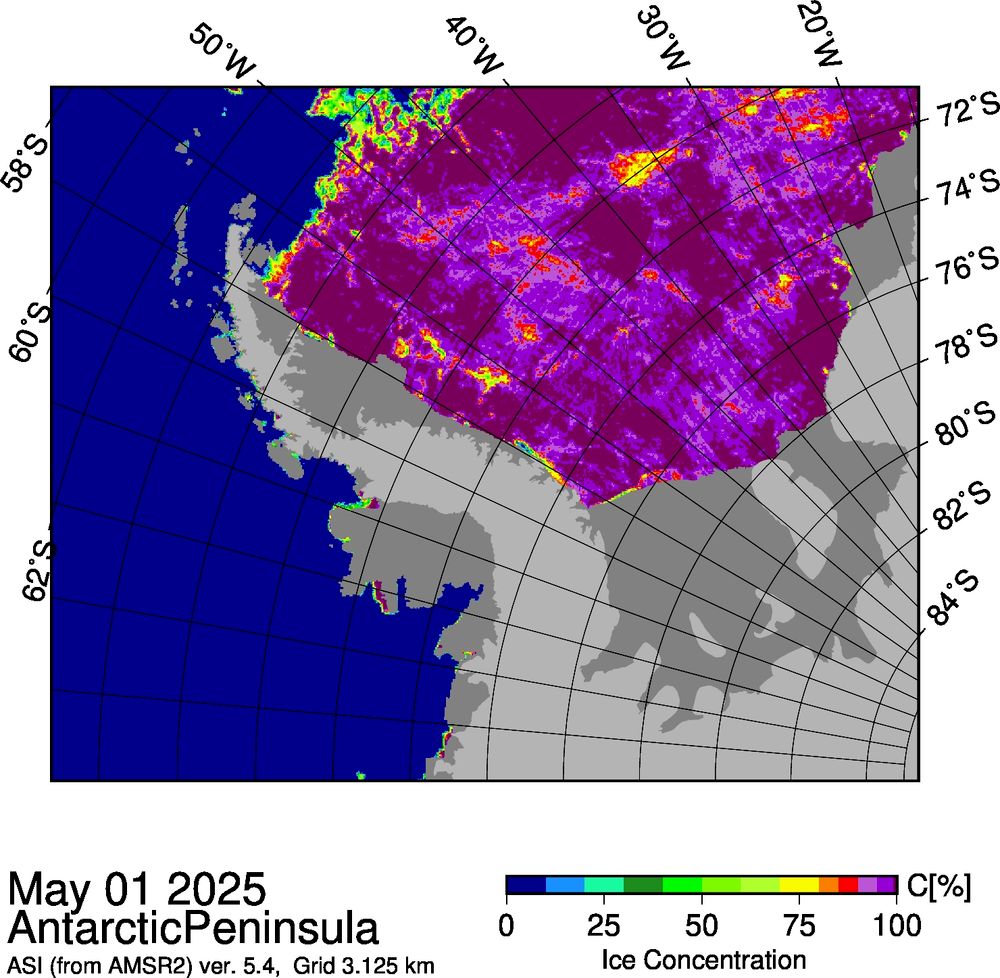Jonathan Amos
@jcdamos.bsky.social
120 followers
100 following
52 posts
Journalist. Former BBC Science Correspondent. Way too interested in icebergs for my own good.
Posts
Media
Videos
Starter Packs
Jonathan Amos
@jcdamos.bsky.social
· Aug 29
Reposted by Jonathan Amos
Reposted by Jonathan Amos
Reposted by Jonathan Amos
Jonathan Amos
@jcdamos.bsky.social
· Apr 24
Reposted by Jonathan Amos
James Kirkham
@jdkirkham.bsky.social
· Apr 24

Change in iceberg calving behavior preceded North Sea ice shelf disintegration during the last deglaciation - Nature Communications
Massive tabular icebergs broke off of the UK during the last ice age. The widespread break-up of the ice shelves which produced these giant icebergs can be traced to around 18,000 years ago, and likel...
www.nature.com




















